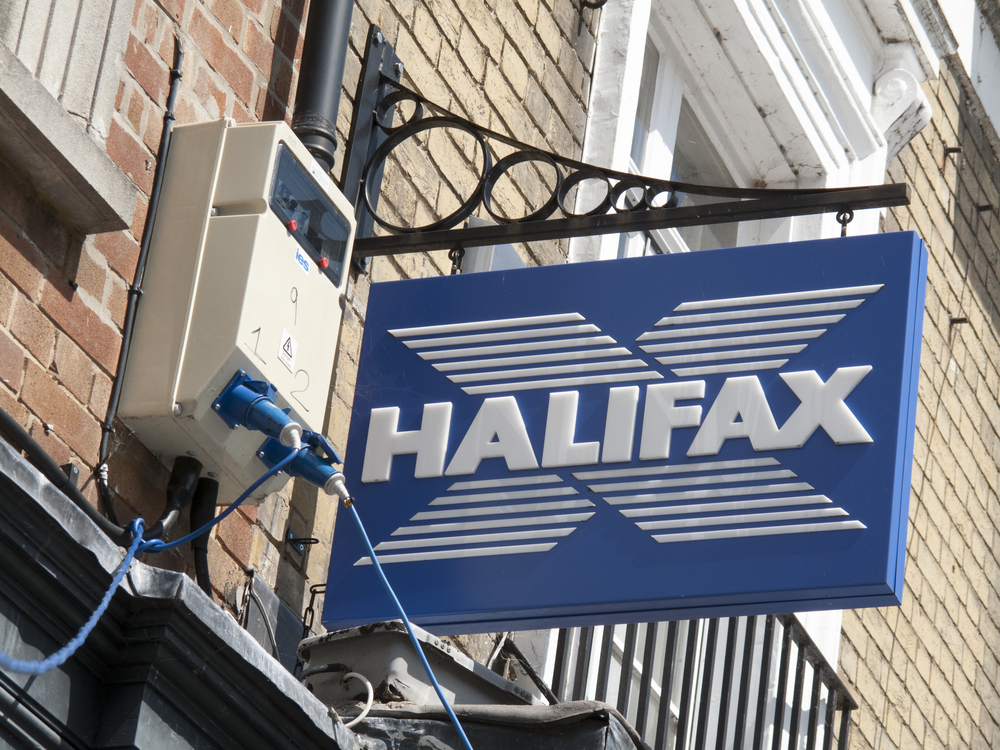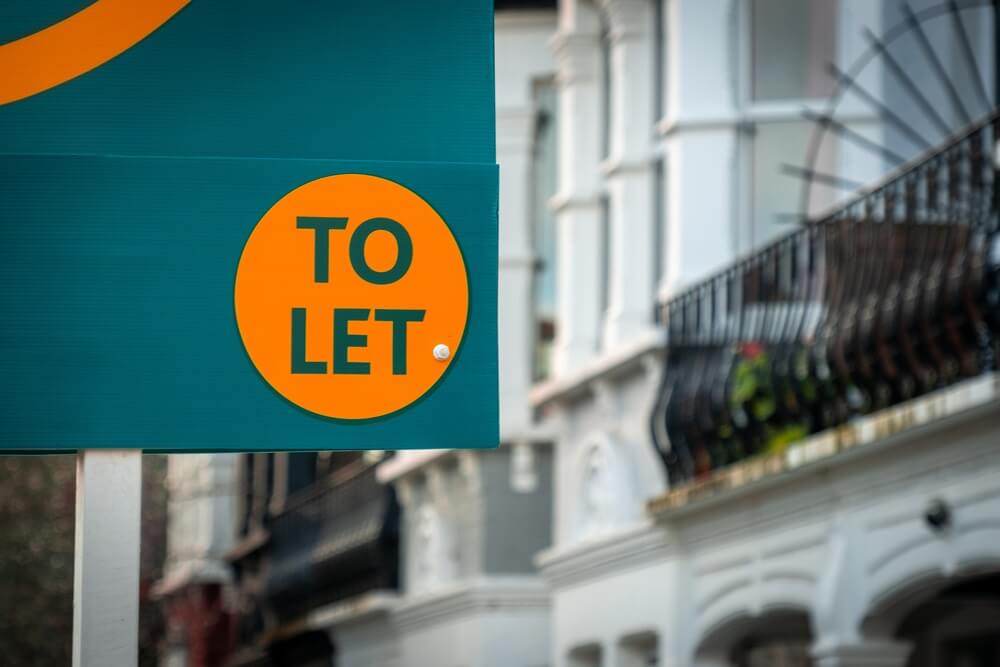Is Help to Buy the One Direction of the mortgage world?
The hottest topic of the mortgage industry for some time will certainly benefit consumers struggling to raise a deposit for a home loan but are they blinded by the smoke and mirrors of the hype surrounding the scheme? Rebekah Commane clears up some misconceptions
[col type=”two-third”]
It’s impossible to ignore what is still the hottest topic in the mortgage industry. The Help to Buy scheme also dominated discussion at one of the key events of the year for the market, the Mortgage Industry Conference and Exhibition, hosted by the Council of Mortgage Lenders (CML).
The CML’s chief Paul Smee praised the fast progress of the equity loan element of the scheme, which is exclusively for new build properties. With his tongue firmly in his cheek, Smee recalled having a builder “smile at him” thanks to the extra work the shared equity option has granted them.
He referenced positive forecasts for new build developments, which are covered in the scheme, with interest levels remaining high.
But it’s the mortgage guarantee element of Help to Buy that has been hyped to such levels that it has become a common topic of discussion in pubs and offices around the country.
It has a wider reach than previous government schemes, accommodating second steppers and older properties and has been brought in with a bang, launched months earlier than first intended.
CML chairman Nigel Terrington highlighted the need for an exit strategy which would see Help to Buy gradually petered out, rather than hitting a dramatic cliff edge, which could severely impact on the market in a negative way. He suggested reducing the price of properties to be covered under the scheme, currently at a max of £600,000 over a period of time after the scheme is due to end in 2016.
The point is a valid one. The market is rife with wannabe mortgage holders scrambling to put their 5 per cent deposit down on a Help to Buy deal before the scheme expires. There is a sense of panic among borrowers who seem to believe that it’s now or never, so the market could decline abruptly if there is not a clear exit strategy in place.
In my view, potential mortgage borrowers should be made more aware of the deals available that don’t fall under the Help to Buy scheme but which also offer loans for a small deposit. Some will even be better value for specific consumers, depending on their circumstances.
But that’s something that’s difficult to do. Help to Buy has become the One Direction of the mortgage world; the deal of the moment that all the ‘up and comers’ want a piece of. But is it all smoke and mirrors?
It’s clear to see why there could be a rush of activity just as Help to Buy has its last hurrah and all of its groupies try to squeeze into the ‘mosh pit’.
Terrington is aiming for careful planning from the CML, in collaboration with the government, so that consumers (and lenders) aren’t left out in the cold when Help to Buy becomes a has-been of the industry.
Misunderstanding is also prevalent with regards to the benefits for consumers. Some believe the ‘guarantee’ element is a security blanket for them, when in fact it’s designed to protect lenders. In fact, according to the Building Societies Association (BSA), one in ten consumers believe they’ll be protected if they default on repayments by taking out a mortgage through the scheme.
According to the BSA, 43 per cent of active first-time buyers (FTBs) and other home movers are confused about what the scheme will offer them.
Among the startling findings of the independent study is that 18 per cent of first-time buyers, and 17 per cent of home movers, believe they can borrow more through this scheme than with a standard 95 per cent home loan, while 24 per cent of FTBs think they are more likely to be approved for a Help to Buy mortgage.
There is no doubt that the scheme has a lot to offer consumers, with a much smaller deposit than the norm needed, but the level of confusion around it is worrying.
The main differences between a Help to Buy mortgage and a 95 per cent deal outside of the scheme affect lenders, not consumers, as lenders have been given a comfort blanket to encourage them to offer more low deposit deals. Borrowers will still have to go through the assessment process and will have to make their mortgage repayments as they would with a normal mortgage.
Help to Buy is not the Holy Grail of mortgages and is not for everyone but it will mean that the main hurdle affecting those looking to buy a home – saving for a deposit – will become less of a hardship with more 95 per cent deals on offer.
[/col]
[col type=”one-third last”]
[/col]










 Buy-to-let
Buy-to-let











Add a comment